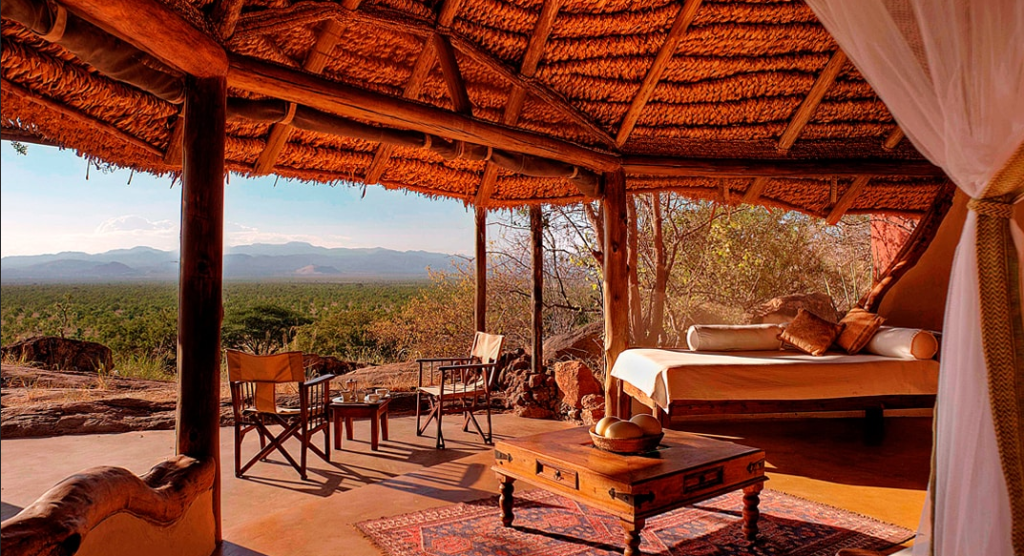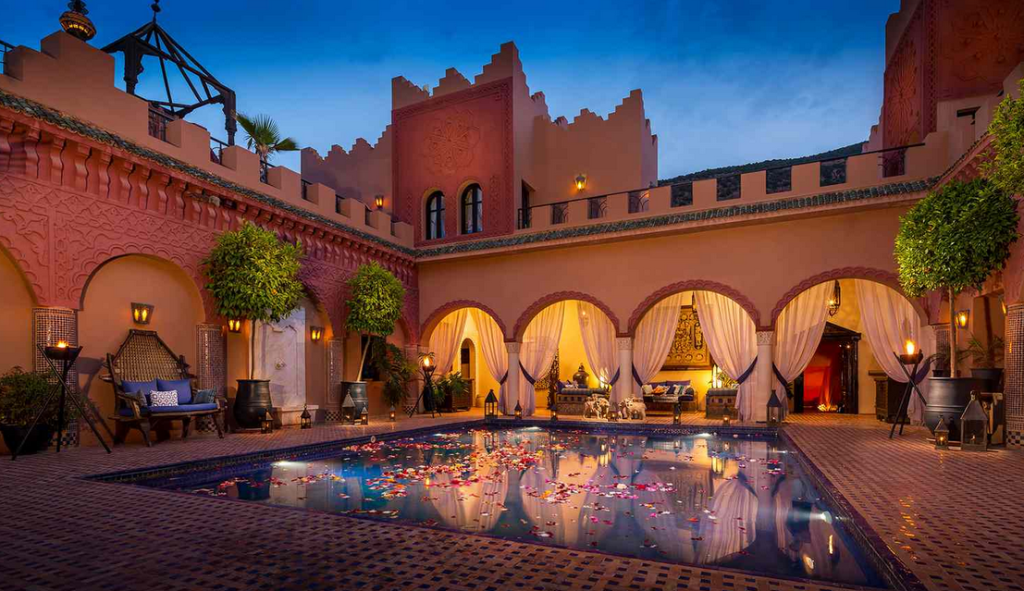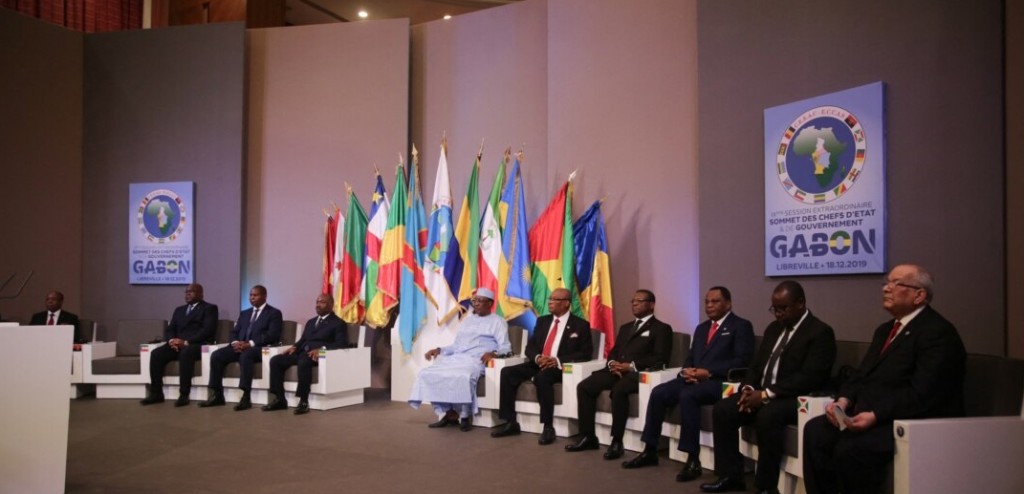Location and Size
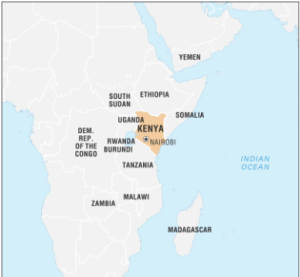
Kenya is located in the East African region with an approximate area of 580,000km2 with a population of about 53 million people according to the census done in 2014. Its official languages are English and Kiswahili, but has numerous indigenous languages from the Bantus,
Nilotic, Cushitic, and Semites groups. The Bantus are the majority group. The national capital of the country, which is ultimately the most populous and largest is Nairobi seconded by Mombasa which is its chief port. Its official currency is shillings (KES) which is divided into a hundred cents. It has about six airports with the largest being Jomo Kenyatta International Airport in Nairobi and the second largest in Mombasa Moi International Airport in Mombasa. Kenya Airways, Astral Aviation, and Swift Tango are its major airlines. The republic uses the unitary multiparty form of government with two legislative houses that include the senate and the national assembly after the promulgation of a new constitution in 2010.
Language

Among the fifty-three million Kenyan natives speaking over fifty languages collectively; there are forty-two known indigenous languages. Swahili is the official national language and is spoken by nearly every individual in the country; at least at some level from fluent to basic Kiswahili. English is also an official language and both languages serve to be the lingua franca in the country, although English is considered to be a minor language, and is normally used by the government, in the commerce and education sector. English also serves to be the language of instruction. The rest of the languages spoken are normally spoken in intra-ethnic communication. One of the major regional languages is Kikuyu. They account for 22 percent of Kenya’s population and are estimated to be about seven million. They are a Bantu-speaking community.
Kenya has over forty ethnic communities. The central and eastern part of the country is occupied by the majority of the Bantus comprises of the Kikuyu, Embu, Meru, Akamba, Mbeere, and the Meru communities. The Nilotes are categorized as either Plain, Highland, or River Lake Nilotes. Plain Nilotes are the Maasai, Samburu, Iteso, Turkana and Njemps. The river lake Nilotes comprises the Luos while the Highland Land Nilotes are the Nandi, and Sabaot among others. Kenyan Cushitic people reside in the semi-arid eastern and north-eastern parts and they include the Oromo, Rendile, Somali, and Borana among other communities. Semites are known to originate from Asia and they include the Arabs and the Nubians.
The majority of Kenyans are friendly and polite. Respect hierarchy is taught from childhood. The hierarchy defers from the superiors and elders to the youths and they are also taught to talk intentionally. Some actions like talking angrily or loudly, swearing, losing temper, and use of demeaning language show poor manners that one is brought up with. These are the etiquettes taught and normally every contact among the Kenyan people is characterized by starting with greetings. There are some etiquettes the natives follow such as using the right hand to pass and accept items while using the left hand is considered improper, and not taking photographs of another person is frowned upon. The majority of visits of the Kenyan people are usually unannounced since individuals often pay a visit for a short period just to have a conversation and have a cup of tea to show hospitality. Regarding giving gifts, normally, guests will visit and take the sugar, Maize, tea leaves, and flour as gifts presenting them with a woven bag(‘Kiondo” in Kikuyu Language). During the return of the bag, the host will put one’s gifts too since returning the “Kiondo” empty is considered to be impolite.
The family and community culture of the Kenyan people have been influenced by their native traditions and during the colonial period, notably Christianity.
Independence
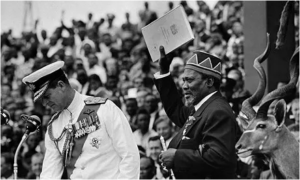
Cultures, traditions, and rituals are practiced by different peoples of different countries and passed down from one generation to the other. These cultures influence their values and manners, hence forming the expectations individuals would have. People tend to have either collectivistic cultures or individualistic cultures. Those in collectivistic cultures tend to have interdependent selves those in individualistic cultures tend to have independent selves. Different peoples not only absorb domestic cultures but also from people and places they interact with. In a country with cultural diversity, like Kenya in Africa, multi-culture is everywhere. Kenya has six ethnicities; the majority group is the Bantu with various cultures, to the Afro-Asiatic who came from the coastal trading regions. It gained its independence in 1963. It was heavily tangled by Arabs in its earlier times and later the European trading across the Indian Ocean, Fort Jesus is a fort showing the occupation of Europeans later in the 16th century. The country’s economic activity was heavily influenced by its people’s culture and religion with the majority of the traders building deep roots along the coast.
Climate

Kenya is located on the equator and enjoys a warm, tropical climate; yet, there are considerable regional climatic differences that are impacted by a number of variables, one of which is height. Daytime temperatures in Kenya range on average from 20 degrees Celsius (68 degrees Fahrenheit) to 28 degrees Celsius (82 degrees Fahrenheit), although the coast is often warmer.
History
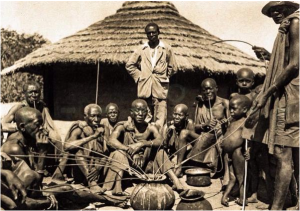
From the time history began, Kenya has been inhabited by different groups of people. The first group to inhabit the land were gatherers. Later, there was a farming civilization by agriculturalists from ancient Nubia, which is modern Sudan, and from the horn of Africa. In 100 AD, the Bantus from the Congo forest and Nigeria went to Kenya searching for fertile land and introduced ironworking (Horton, 1987). In the 8th century, Persian and Arabs started to trade along its coast and established their settlements and mosques.

In the 10th century, Mombasa city was founded by the Arabs. It was an independent town, and the Arabs blended linguistic and cultural constituents with the Bantu communities. By the 15th communities and the next three centuries, 90 percent of the coast natives, the Swahilis were enslaved to Europe by the Arab traders (Horton, 1987). The town had become prosperous and was a major port in East Africa.
In 1890, the British under the Imperial British Africa Company (IBEAC) went to Kenya and started establishing railways with the majority of their laborers being Indians. In 1920, the country became officially a British colony. By 1930, there were approximately 30,000 white settlers who were tea farmers living in the Kenyan highlands and had displaced the natives of the land. Kenya gained its independence in 1963 under the Kenya African National Union (KANU) party with its first president Jomo Kenyatta. He died in 1978, and Daniel Moi took over and was chosen three times as the president under a single-party constitution. In 1997 and 1998, Daniel Moi was undemocratically re-elected, and in 2002, he was constitutionally unable to vie for the presidential seat and the opposition leader Mwai Kibaki of the National Rainbow Coalition (NARC) won in a free and fair election. Mwai Kibaki edited the constitution to replace the 1963 independent constitution in a referendum in 2010. The country is now under Uhuru Kenyatta, son of the first president Jomo Kenyatta as the president who won elections in both 2013 and 2017.

